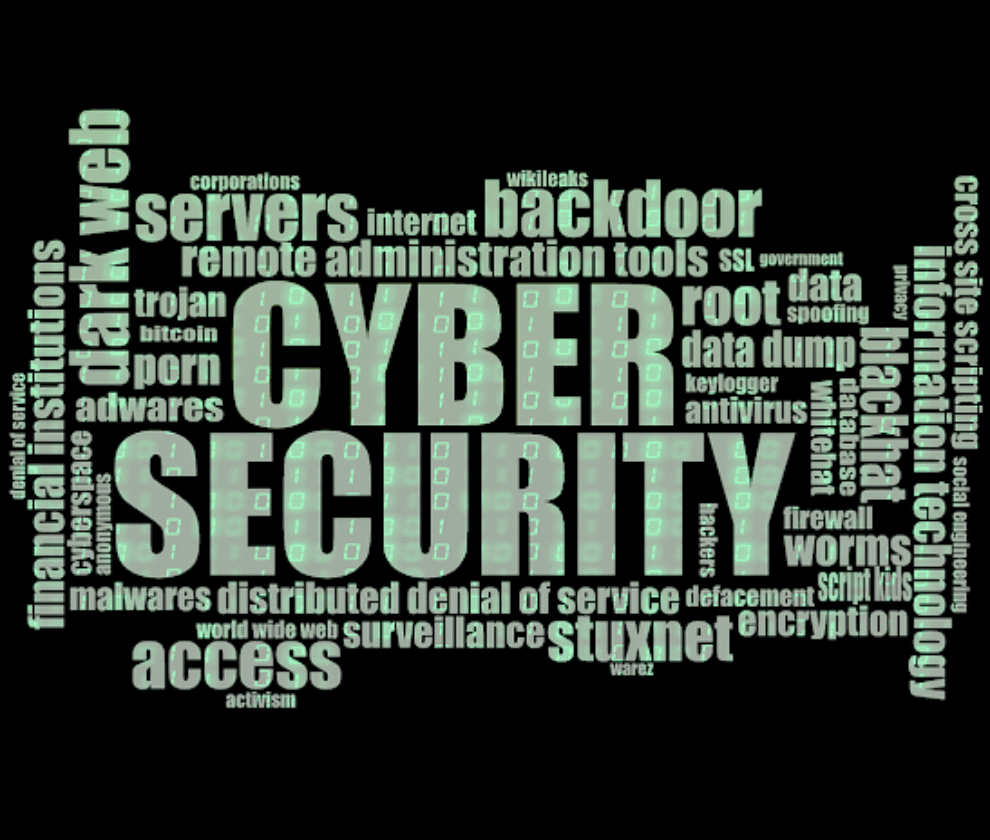Introduction to the UN Cybercrime Treaty
The anticipated signing of the United Nations Cybercrime Treaty this weekend in Hanoi represents a pivotal moment in the global fight against digital crimes. After five years of rigorous negotiations, this groundbreaking agreement has drawn both praise and criticism from human rights advocates, technology giants, and policy experts. But why is it so significant, and what does it entail? This article unpacks the treaty’s key elements, its controversial reception, and potential future implications for cybersecurity and global governance.
A New Legal Framework for Global Cooperation
Known as the “Convention on Cybercrime,” this treaty introduces a comprehensive framework designed to boost international collaboration in investigating and prosecuting cybercrimes. It aims to eliminate digital havens exploited by cybercriminals and foster shared efforts to secure digital infrastructures, especially in developing nations. The United Nations envisions this treaty as a catalyst for faster electronic data exchange and more robust cross-border partnerships in the fight against digital offenses.
One noteworthy feature is the establishment of a 24/7 network to facilitate mutual legal assistance, ranging from investigations and prosecutions to extradition and the confiscation of assets linked to cybercrimes. While the framework is expected to strengthen global defenses, it has also sparked concerns around data centralization and privacy implications.
Concerns from Human Rights Advocates
Several human rights organizations, including Human Rights Watch and Access Now, have raised alarms about the treaty’s broader implications. They argue that certain provisions might pave the way for excessive electronic surveillance and cross-border data sharing without adequate safeguards for privacy rights. Critics also worry that authoritarian regimes could misuse the treaty to suppress political dissent by framing activists and journalists as cybercriminals.
In a pointed critique, Human Rights Watch highlighted the venue of the treaty’s signing—Hanoi—against the backdrop of the Vietnamese government’s increasing authoritarianism. The lack of robust clauses to protect human rights and individual privacy remains a key area of contention for advocates worldwide.
The Response from Big Tech
Major tech corporations such as Microsoft, Meta, and Oracle have also voiced their reservations regarding the treaty. They argue that unresolved jurisdictional conflicts could expose their corporate personnel and sensitive data to legal vulnerabilities. This may also discourage innovations in cybersecurity or stifle research into contentious areas that require open scrutiny.
For instance, Meta has called for revisions to the treaty’s cross-border cooperation clauses to limit the potential for misuse while maintaining its commitment to combating genuine cyber threats. Without clarity on these issues, the relationship between governments and technology firms may grow more strained.
The United States: Caught in a Dilemma
The United States, initially opposed to the treaty’s introduction by Russia in 2019, has since taken a more moderate stance, opting to support the initiative albeit with significant reservations. According to the State Department, Washington intends to influence the treaty’s implementation globally to prevent potential abuses and ensure its alignment with U.S. legal and ethical principles.
However, the treaty has come under domestic criticism. Six Democratic senators recently sent a letter to the White House expressing concerns over the absence of provisions safeguarding privacy rights, freedom of speech, and issues related to artificial intelligence security. This internal opposition underscores the balancing act required as the U.S. navigates its role in shaping global cybersecurity standards.
What Lies Ahead?
As the treaty approaches ratification, many nations are engaging in legal and political analyses to understand its implications. Signatory countries will face the challenge of integrating these new commitments into their national laws while balancing the need for robust cybersecurity measures with respecting fundamental human rights.
Another critical area to monitor is how governments are held accountable for adhering to the treaty without exploiting its provisions for repressive measures. The success of this treaty will depend heavily on transparent enforcement, global cooperation, and the equitable distribution of resources to protect digital ecosystems.
Conclusion
The UN Cybercrime Treaty signifies a monumental step toward global collaboration in addressing the ever-growing threat of cybercrime. However, its effectiveness will hinge on its capacity to uphold privacy rights and human dignity while bridging the gap between technological innovation and legal oversight. Unsurprisingly, debates surrounding the treaty will shape its implementation and future amendments.
At My Own Detective, we closely monitor the latest developments in international regulations like these to provide our clients with actionable insights and tailored strategies. If your organization needs assistance navigating this evolving legal landscape or safeguarding your digital assets, our team of experts is here to help. Contact us today to ensure your operational resilience against future cybersecurity challenges.


